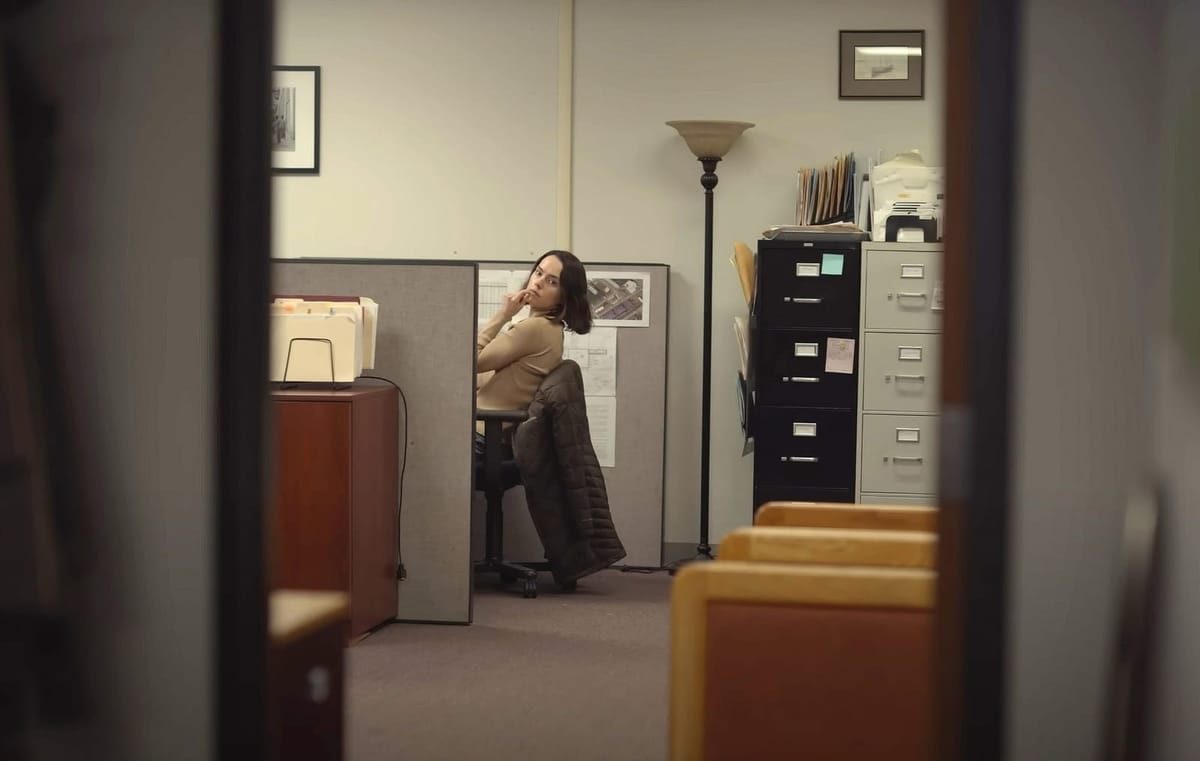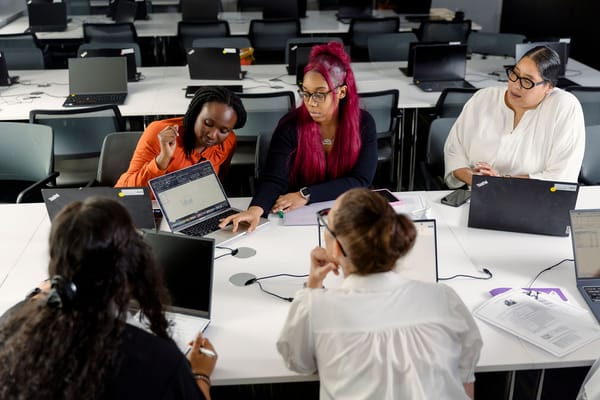'996' is The Latest Silicon Valley Presenteeism Fad. Women Need Not Apply.
Hustle culture is nothing new, but this time motivation for the fad, which has been banned in China after at least one employee died, hinges on fear.

The latest thing to come out of Silicon Valley has nothing to do with shiny new products or addictive apps. In fact, it’s just a new name for a tired old trend. In the 2010s it was hustle culture—when employees logged hours so relentless and inhumane that they often slept at the office—now, it’s 996.
Circa 2025, the bros of Silicon Valley (and yes, it really is mostly men) are bragging about how much they are working under the 996 meme: Shorthand for working 9 a.m. to 9 p.m., six days a week.
Sadly, this isn’t just an isolated tech bro trend because, just as with Return to Office (RTO) mandates, what happens at big tech companies often trickles down to the rest of Corporate America. (Yep, the rest of us.)
The 996 trend has the same unspoken message as RTO mandates: Those with caregiving responsibilities, those with disabilities, and those who can’t or won’t devote their lives fully (and unhealthy) to their jobs need not apply. And the group that’s excluded the most because the bulk of child and eldercare falls to them: women.
Hustle culture in general isn’t exclusively male, but an always available workplace culture is inherently at odds with caregiving responsibilities because it’s impossible to be a caregiver and work those kinds of hours (especially in person).
The 996 trend started in China over five years ago, when employees at companies like Alibaba and TikTok routinely logged over 70 hours a week to help the company’s rapid growth. It should go without saying that working a schedule like this is a recipe for burnout, which is why a Chinese court barred companies from encouraging employees to work 72-hour weeks back in 2021 after at least one employee died at work.
Still, the 996 trend has taken hold at U.S. tech companies in the last year. But unlike the 2010s when tech employees were enticed to stay with the promise of free snacks, on-site massages and dry cleaning services, this time the motivation hinges on fear.

In the current job market with mass layoffs making headlines every day, employees now are just trying to keep their jobs. In fact, the rate that employees are voluntarily leaving their jobs has been at a mere 2% since January according to U.S. Labor Department data. It hasn’t been this consistently low since early 2016. The fact that employees are scared of losing their jobs has led some to name another recent workplace trend: “Job Hugging" or holding onto your job for dear life, even if you hate it.
The irony of tech companies embracing a culture of overwork is that five years worth of studies have shown that remote employees with flexible hours are actually more productive, and studies show that the best performing employees work around 35 hours a week. And of course, it’s been proven for years that companies with more diversity are more profitable—which means hiring all types, not just those who can commit to a punishing 996 schedule.
If tech companies really want to lead the way in innovation they should take a good long look at the culture they encourage. After all, wasn't the promise of AI that it would have us working fewer hours, not more?








